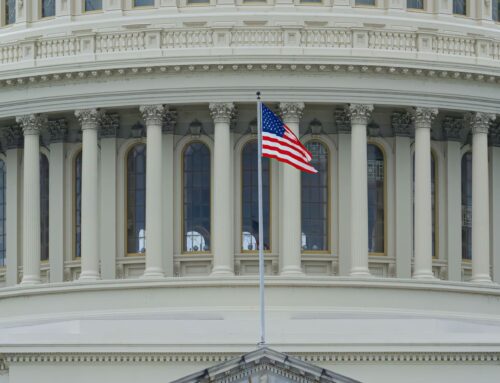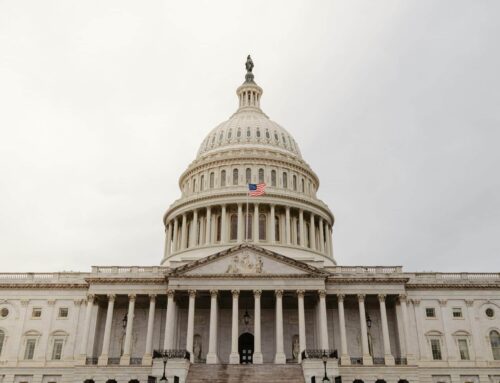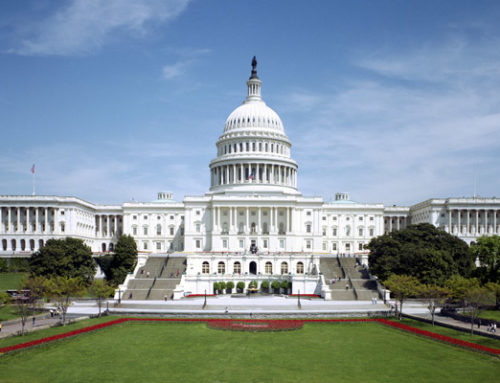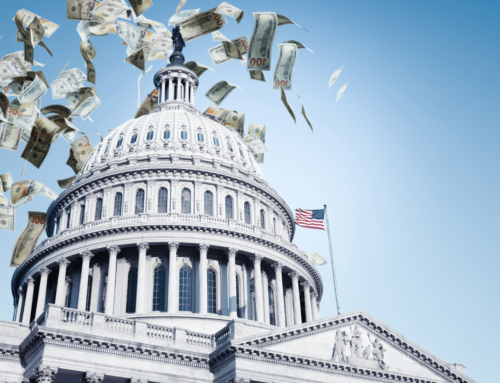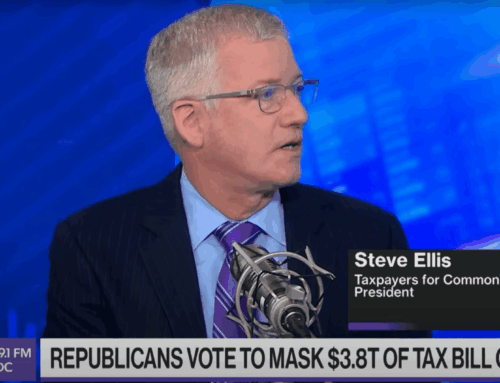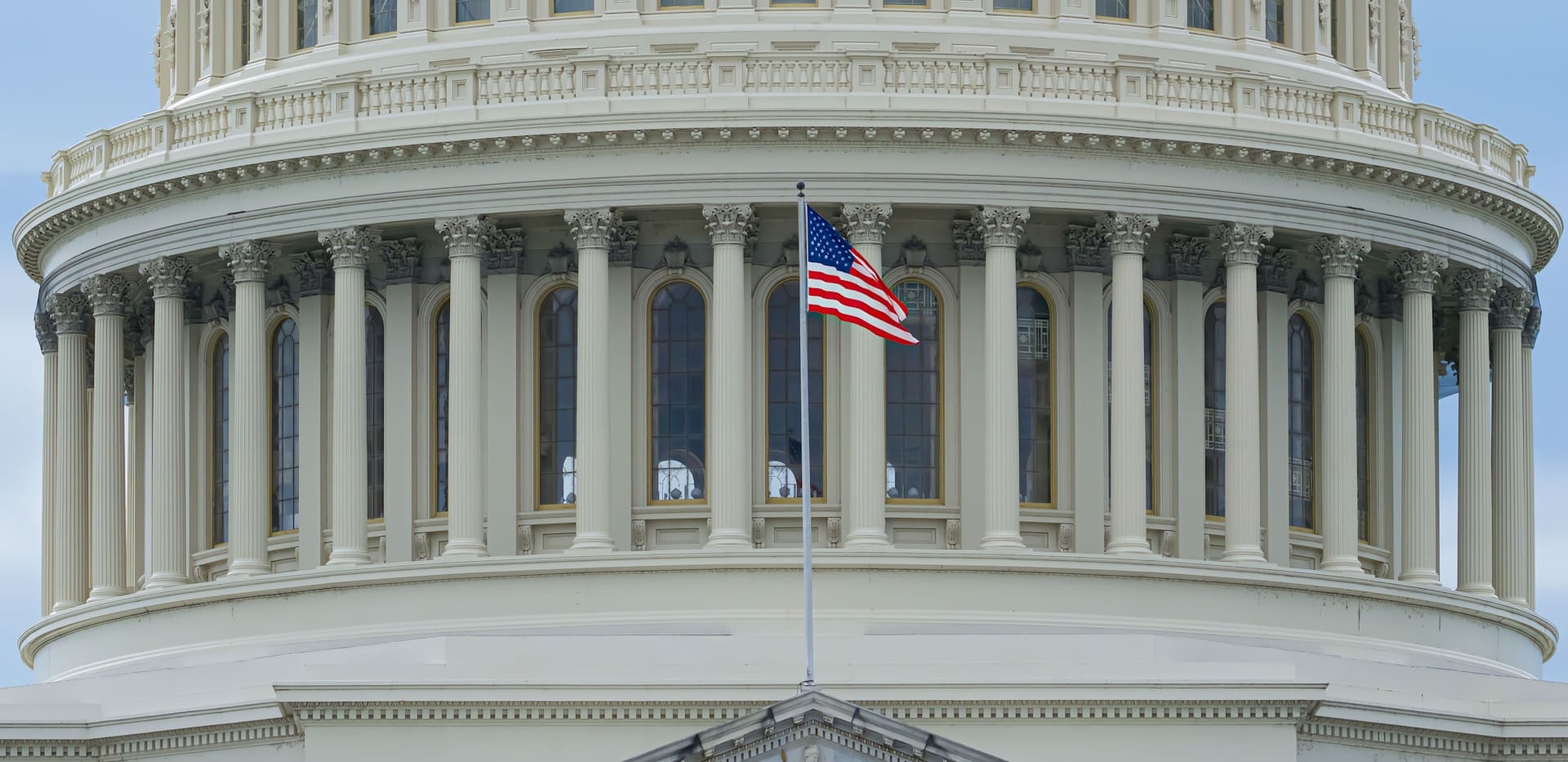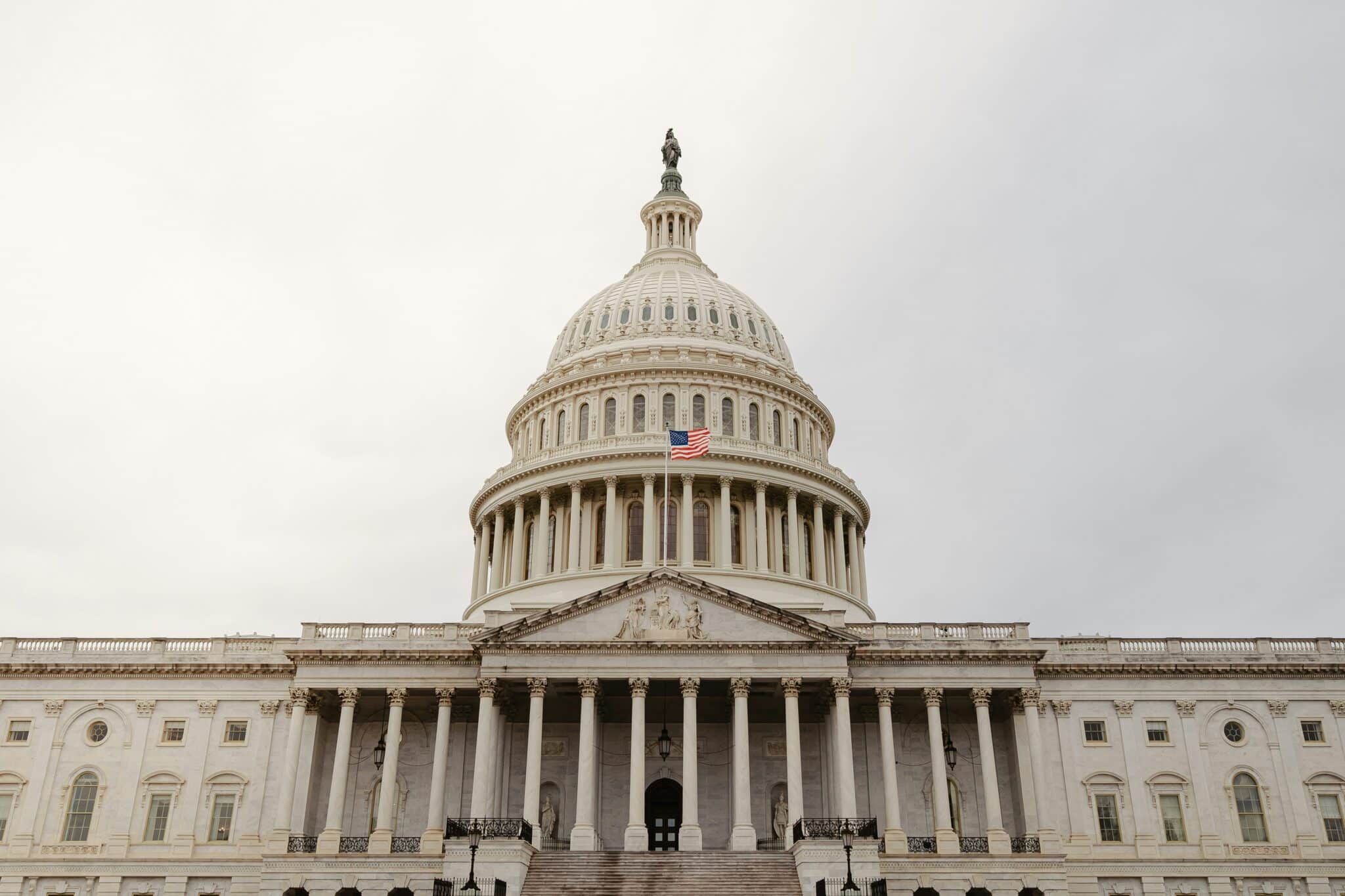Like paying farmers not to grow wheat, the Clinton Administration’s recent decision to pay hospitals not to train doctors confounds common sense and directly conflicts with other federal policies. The new doctor prevention subsidy will cost taxpayers about $200,000 for each medical school graduate not trained to be a doctor.
Even though at least one state has been able to reduce the number of doctors it trains without extra federal payments, 41 New York state hospitals will receive $400 million under the new doctor prevention subsidy to reduce the number of doctors they train by 20 to 25 percent.
On February 17, the Health Care Financing Administration (HCFA), the office that oversees Medicare, announced a demonstration project for New York state that will “save” Medicare $300 million over six years. Participating hospitals will cut about 2,000 of their 10,286 training positions over six years.
Medicare currently subsidizes teaching hospitals an average of almost $100,000 for each medical resident. Participating hospitals will continue to receive this subsidy for each of their residents, but because the demonstration project will reduce the overall number of residents, HCFA can claim $300 million in savings.
The demonstration project is part of the overall debate on the total number of doctors necessary to provide health care. Many doctor organizations, including the American Medical Association, argue that the nation will soon face an oversupply of doctors. They believe that the demonstration project is one way to reduce the overall number of doctors, and argue that an oversupply could be dangerous and costly. Doctors who become rusty and out of practice may make mistakes, and could drive up costs by ordering too many tests simply to keep busy.
Others counter that an expanded supply should reduce costs. They say the HCFA demonstration program is just a way to protect doctors’ salaries.
Members of Congress have expressed concerns that the demonstration project is unnecessary and favors New York over other states. Rep. William Thomas (R-CA), chairman of the House Ways and Means Subcommittee on Health, questioned the demonstration’s practicality by noting in a letter to demonstration project advocate Senator Alfonse D’Amato (R-NY), that “the state of California, working in partnership with the University of California, voluntarily agreed to reduce 452 non-primary care residency positions between 1993 and 2001 – without bonus payments by the federal government.”

